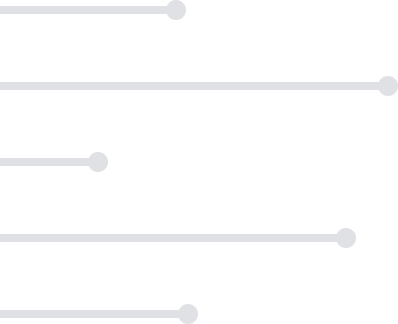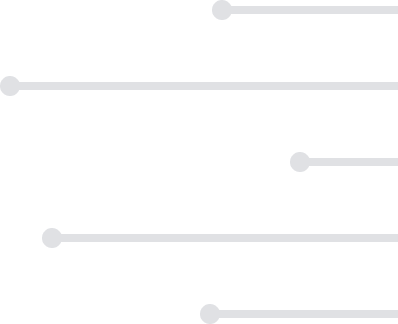
$79
Plus membership
3 Credits
All courses include:
eTextbooks
2 to 3-day turnaround for grading
Multiple chances to improve your grade
On-demand tutoring & writing center
Student support 7 days a week
$79
Plus membership
3 Credits
All courses include:
eTextbooks
2 to 3-day turnaround for grading
Multiple chances to improve your grade
On-demand tutoring & writing center
Student support 7 days a week
Introduction to Sociology
$79
Plus membership
3 Credits
About This Course
ACE Approved 2024
Introduction to Sociology strives to provide you with a broad overview of sociology and its applications to everyday life. This online course presents major theoretical perspectives and concepts, including sociological imagination, culture, deviance, inequality, social change, and social structure.
What You'll Learn
Describe the sociological imagination, theoretical frameworks of sociology, and key events in the sociological timeline.
Explain the scientific method and ethical considerations in research, differentiating between qualitative and quantitative research methods.
Define culture and its elements, then explain its evolutionary process over time.
Define socialization and identify the agents of socialization and summarize key sociological theories of socialization.
Analyze social structure components and roles. Differentiate group types within societies.
Define social stratification, summarize theories and explain global stratification and inequality aspects.
Define sex and gender. Explain inequality based on sex.
Define race and ethnicity, summarize perspectives and explain prejudice, discrimination, racism.
Define family, describe structures, and explain challenges faced by families
Describe the roles of religion, education, and healthcare in society.
Describe government, describe economic systems and environmental issues.
Define collective behavior, describe social movements, and explain processes of social change.


Your Life, Your Schedule, Your Education
Transfer into over 3000+ institutions that accept ACE courses or transfer directly into 180+ partner schools.
request information
In Introduction to Sociology, students explore the influence of social class and social institutions, such as churches, education, healthcare, government, economy, and environment. The family as a social structure is also examined.
There are no prerequisites to take Introduction to Sociology.
| Topic | Subtopics |
|---|---|
| The Sociological Perspective & Development of Sociology |
|
| The Research Process |
|
| Culture and Society |
|
| Socialization |
|
| Social Structure |
|
| Social Stratification |
|
| Sex and Gender in Society |
|
| Race and Ethnicity in Society |
|
| Social Institutions: The Family |
|
| Social Institutions: Religion, Education, and Health Care |
|
| Social Institutions: Government, Economy, and the Environment |
|
| Social Change |
|
Your score provides a percentage score and letter grade for each course. A passing percentage is 70% or higher.
Assignments for this course include:
- 17 Reflective Responses
- 2 Assignments
- 4 Graded Exams
The required eTextbook for this course is included with your course purchase at no additional cost.
Conerly, T. R., Holmes, K., & Tamang, A. L. (2024). Introduction to Sociology 3e. OpenStax.
Introduction to Sociology students also take:
Helpful resources:







